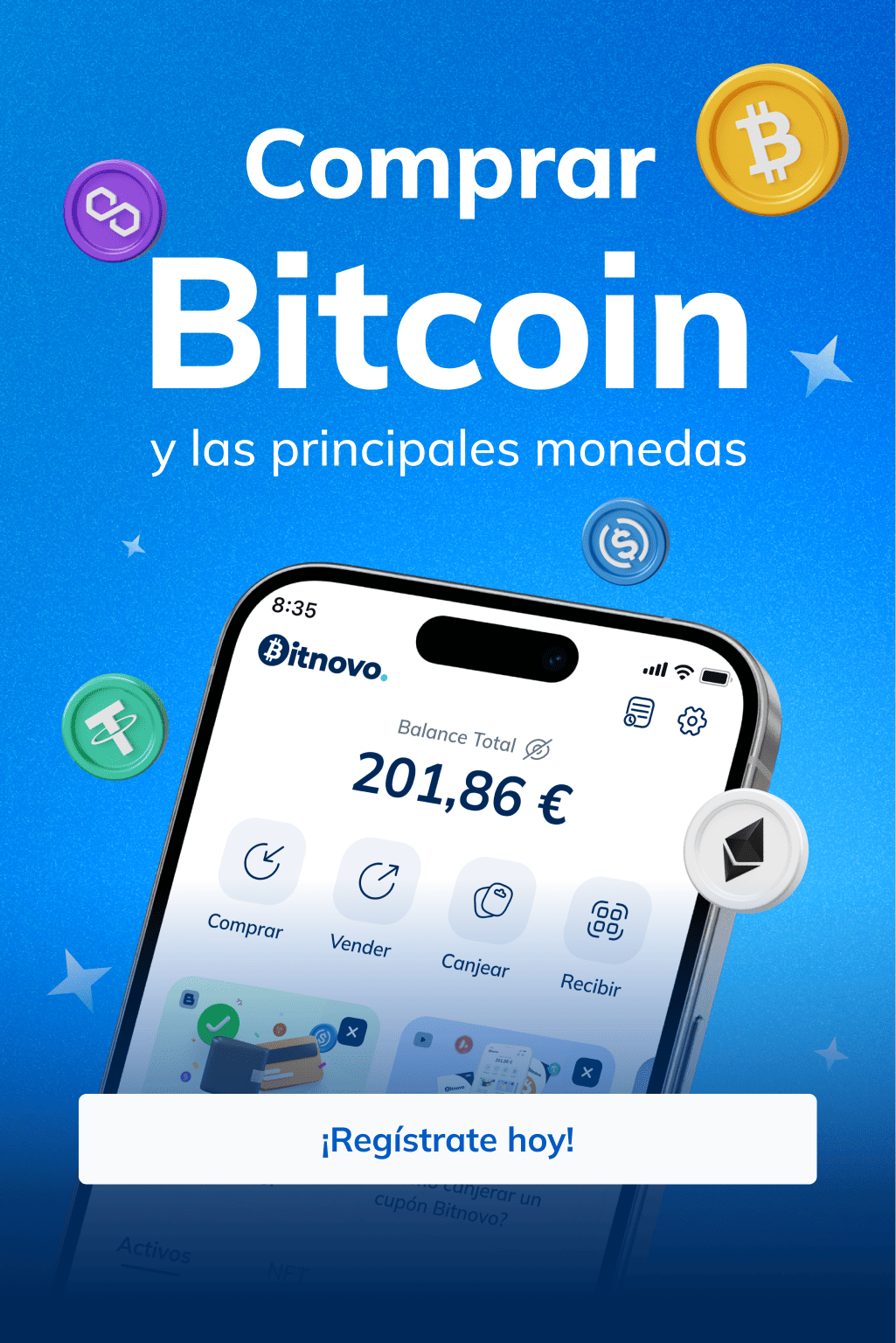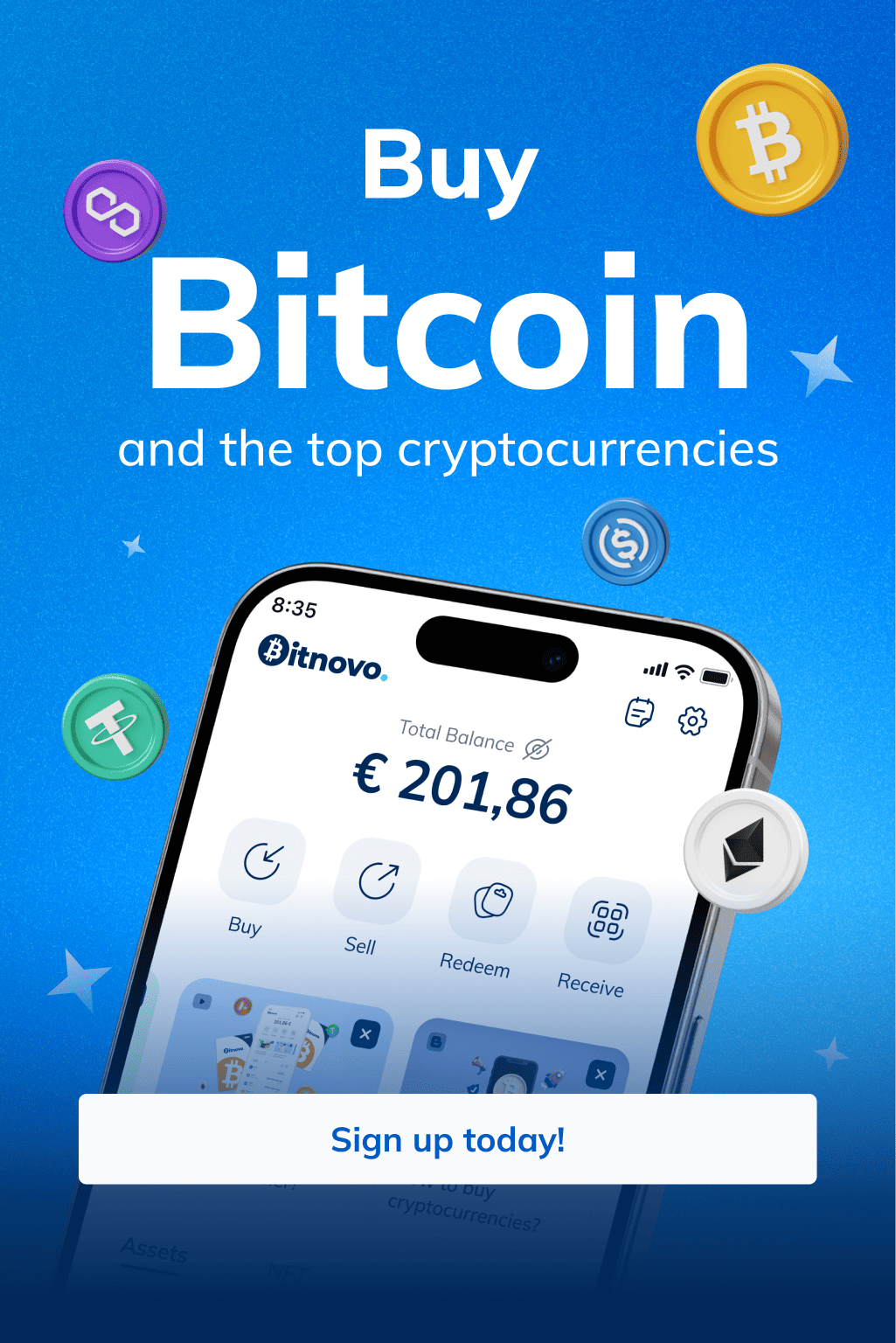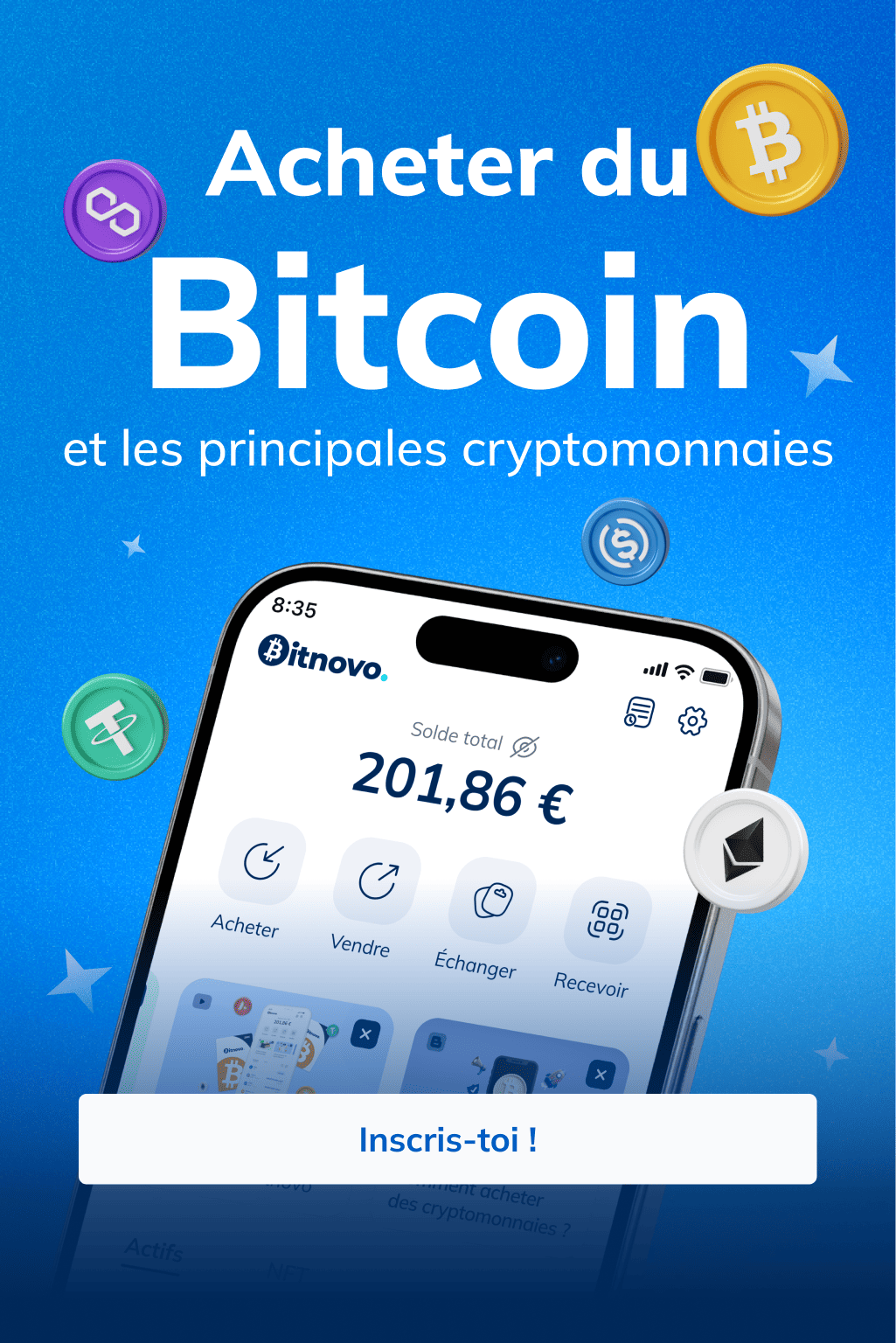
Table of Contents
ToggleIf there’s one thing we’ve learned, it’s that Blockchain technology has endless applications. There are crypto assets for finance, law, or savings. And, of course, there are also virtual currencies designed to facilitate the creation of new virtual currencies, such as Ravencoin (RVN). In this context of constant innovation, we will explore how this technology continues to expand its boundaries and open new possibilities across various sectors.
What is Ravencoin?
Ravencoin is a cryptocurrency whose Blockchain is entirely focused on facilitating the creation of new tokens within its platform.
Ravencoin is Proof of Work mined, fair launch, no fundraise, no set aside, no developer or founder reward, no centralization.
Not a security. Never has been. https://t.co/gDzLurfT2e
— Project Raven 🦅/ RVN / Ravencoin (@Ravencoin) March 21, 2025
It is undoubtedly a coin with enormous potential, even as it offers services that other cryptocurrencies already provide. However, unlike these, its vision is much broader, aiming directly at making a real-world impact through the “tokenization” of assets.
History and Creation of the Ravencoin Project
Entrepreneur Bruce Fenton and developer Tron Black launched Ravencoin on January 3, 2018, through a fork of Bitcoin’s code. However, it was initially announced at the MIT Bitcoin Conference in Texas in October 2017.
How is Ravencoin Different from Bitcoin or Ethereum?
The main difference between RVN vs. Ehteruem (ETH) is that assets issued on Ravencoin have unique names, which is not the case with Ethereum. RVN is also regularly burned for three main purposes. The first is to maintain the asset token issuance rate on Ravenchain. The second is to create restricted assets to meet regulatory requirements. And finally, tokens are burned to generate fees for asset transfers.

Now, Ravencoin differs from Bitcoin (BTC) in several key aspects, including a one-minute block reward time and the addition of asset creation and messaging capabilities. Ravencoin is free and open-source, and all RVN coins are issued and mined fairly using Proof of Work (POW) with the x16r algorithm, which was created specifically for Ravencoin. There are no reserved allocations for private parties, public entities, founders, or developers.
Key Technical Features of Ravencoin
It stands out for its focus on efficient asset transfer and the tokenization of real-world goods. It enables fast and secure transactions but with the added ability to create unique digital assets. Its decentralized governance, based on the BIP9 protocol, ensures transparent updates and adaptability to the community’s needs.
Despite past challenges, such as the exploitation of a vulnerability in 2020, Ravencoin has demonstrated resilience and commitment to its integrity. Its fair launch, ASIC-resistant KAWPOW mining algorithm, and strong community support are fundamental pillars. RVN’s ability to distribute rewards and dividends, along with its specialization in asset transfer, positions it as a valuable tool in the crypto ecosystem.

What is Ravencoin Used For?
Ravencoin is specifically designed to effectively facilitate asset transfers between different parties. The primary goal of the Raven protocol is to establish a blockchain and a development initiative focused on creating code to meet specific use cases.
Issuance of Custom Tokens and Digital Assets
To create a new crypto asset, a user must burn (or destroy) a certain amount of RVN coins and provide a unique name for their token.
After creation, issuers can also define special functions for their token, such as the number of tokens issued, the decimal places it can be divided into, and its fungibility.
It is worth noting that any token issuer can distribute RVN rewards to their token holders, providing a way to issue dividends within an organization or create incentives within a community.
Real-World Use Cases and Current Adoption
Businesses or individuals can use Ravencoin to issue tokens representing real-world assets, making it a flexible blockchain solution for a wide variety of sectors.
Does Ravencoin Have a Future?
With its fair distribution, active community, and practical use cases, it remains an interesting option for those looking to explore blockchain technology beyond digital currencies.
Roadmap Analysis and Active Development of the Project
Its development and roadmap focus on improving its functionality as a platform for the creation and transfer of these assets. Here is a summary of its key aspects:
- Focus on asset tokenization. On the Ravencoin network, anything, from stocks to real estate, can be represented as a digital token.
- Continuous network development. The Ravencoin development team and community are constantly working to improve the network. This includes optimizing transaction speed and security, as well as implementing new functionalities for asset creation and management.
- Decentralized governance. Decisions about the project’s future are largely made by the community.
Community, Mining, and Ecosystem Support
Ravencoin stands out for its active community, focus on decentralized mining, and growing support ecosystem:

- Active community participation. It has a strong and engaged community that contributes to the project’s development and promotion. This community plays a crucial role in decision-making, proposing improvements, and participating in the protocol’s governance.
- This is reflected in its focus on accessible mining and community involvement in the project’s direction.
- KAWPOW algorithm. Designed to resist ASIC mining and favor GPU mining. This aims to democratize mining and make it accessible to more users.
- Mining decentralization. The focus on GPU mining contributes to the network’s decentralization, preventing power concentration in large mining pools with specialized hardware.
In summary, Ravencoin relies on an active community, decentralized mining, and a growing support ecosystem to achieve its goal of being an efficient and accessible platform for digital asset transfers.




